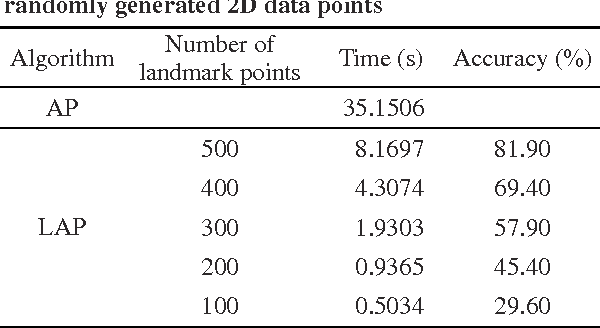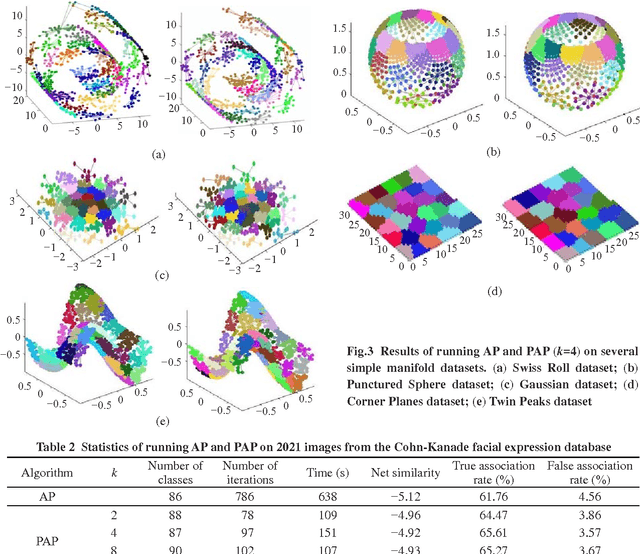Dingyin Xia
GMOCAT: A Graph-Enhanced Multi-Objective Method for Computerized Adaptive Testing
Oct 11, 2023Abstract:Computerized Adaptive Testing(CAT) refers to an online system that adaptively selects the best-suited question for students with various abilities based on their historical response records. Most CAT methods only focus on the quality objective of predicting the student ability accurately, but neglect concept diversity or question exposure control, which are important considerations in ensuring the performance and validity of CAT. Besides, the students' response records contain valuable relational information between questions and knowledge concepts. The previous methods ignore this relational information, resulting in the selection of sub-optimal test questions. To address these challenges, we propose a Graph-Enhanced Multi-Objective method for CAT (GMOCAT). Firstly, three objectives, namely quality, diversity and novelty, are introduced into the Scalarized Multi-Objective Reinforcement Learning framework of CAT, which respectively correspond to improving the prediction accuracy, increasing the concept diversity and reducing the question exposure. We use an Actor-Critic Recommender to select questions and optimize three objectives simultaneously by the scalarization function. Secondly, we utilize the graph neural network to learn relation-aware embeddings of questions and concepts. These embeddings are able to aggregate neighborhood information in the relation graphs between questions and concepts. We conduct experiments on three real-world educational datasets, and show that GMOCAT not only outperforms the state-of-the-art methods in the ability prediction, but also achieve superior performance in improving the concept diversity and alleviating the question exposure. Our code is available at https://github.com/justarter/GMOCAT.
Set-to-Sequence Ranking-based Concept-aware Learning Path Recommendation
Jun 07, 2023



Abstract:With the development of the online education system, personalized education recommendation has played an essential role. In this paper, we focus on developing path recommendation systems that aim to generating and recommending an entire learning path to the given user in each session. Noticing that existing approaches fail to consider the correlations of concepts in the path, we propose a novel framework named Set-to-Sequence Ranking-based Concept-aware Learning Path Recommendation (SRC), which formulates the recommendation task under a set-to-sequence paradigm. Specifically, we first design a concept-aware encoder module which can capture the correlations among the input learning concepts. The outputs are then fed into a decoder module that sequentially generates a path through an attention mechanism that handles correlations between the learning and target concepts. Our recommendation policy is optimized by policy gradient. In addition, we also introduce an auxiliary module based on knowledge tracing to enhance the model's stability by evaluating students' learning effects on learning concepts. We conduct extensive experiments on two real-world public datasets and one industrial dataset, and the experimental results demonstrate the superiority and effectiveness of SRC. Code will be available at https://gitee.com/mindspore/models/tree/master/research/recommend/SRC.
Local and global approaches of affinity propagation clustering for large scale data
Oct 09, 2009

Abstract:Recently a new clustering algorithm called 'affinity propagation' (AP) has been proposed, which efficiently clustered sparsely related data by passing messages between data points. However, we want to cluster large scale data where the similarities are not sparse in many cases. This paper presents two variants of AP for grouping large scale data with a dense similarity matrix. The local approach is partition affinity propagation (PAP) and the global method is landmark affinity propagation (LAP). PAP passes messages in the subsets of data first and then merges them as the number of initial step of iterations; it can effectively reduce the number of iterations of clustering. LAP passes messages between the landmark data points first and then clusters non-landmark data points; it is a large global approximation method to speed up clustering. Experiments are conducted on many datasets, such as random data points, manifold subspaces, images of faces and Chinese calligraphy, and the results demonstrate that the two approaches are feasible and practicable.
* 9 pages
 Add to Chrome
Add to Chrome Add to Firefox
Add to Firefox Add to Edge
Add to Edge